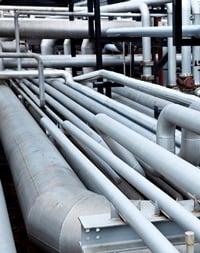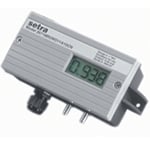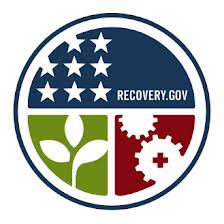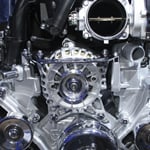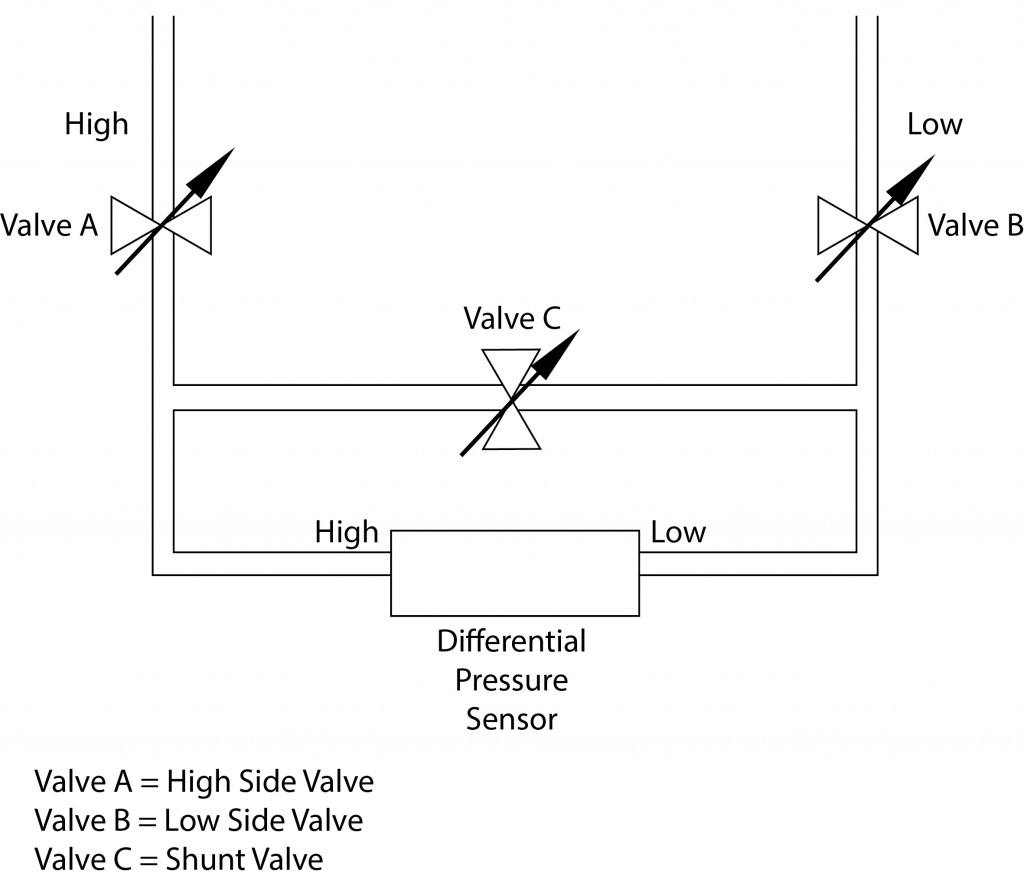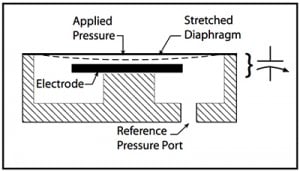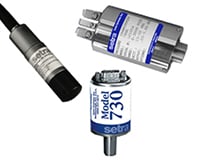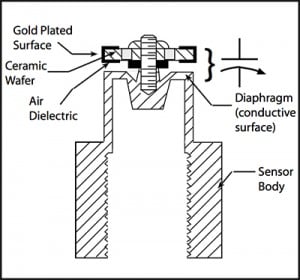Why are industry leaders using remote sensors?
Wet-to-wet differential pressure transducers have undergone several significant design and technological improvements recently. The most dramatic of which is the ability to install these units with remote sensors, rather than with traditional embedded sensing elements. A contractor can now easily install remote sensors directly into the pipes while an electrician makes electrical connections between the remote sensors and the transducer via cables or conduit. For industrial applications, contractors can order plumbing-ready cable versions with up to 30 feet of cable. When the local electrical code requires conduit, typically for projects like schools or municipal buildings, contractors can order units in the conduit version.

